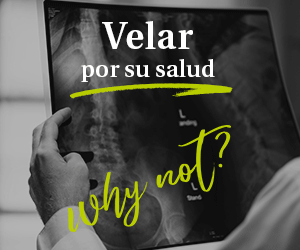
First-year medical student Samuel Carey explains us his thoughts and views about the impressive portrait of Charles V at the “Museo Nacional del Prado”.
Following our recent visit to the Museo del Prado in Madrid, I have decided to select: Charles V in Mülhberg, Tiziano (1548).
The portrait of King Charles V on horseback was commissioned by Mary of Austria, Queen of Hungary, following his victory in April 1547 at the Battles of Mülhberg against the Protestant Armies.
Historical artifacts have documented that King Charles V had rather a large influence on Tiziano’s interpretation of his appearance. This was notably due to the fact that the King was conscious of how his portrait would determine how other people considered him.

It could therefore be stated that perhaps this portrait is not a totally accurate reflection of the King’s health at this time, when taking into account that he had a multitude of long-term illnesses and died four years after this portrait was completed.
However, one notable feature from the portrait that remains prominent is the illustration of the Habsburg Jaw.
The House of Habsburg is widely regarded as one of the most inbred families in Medieval History, to the extent that many members suffered from debilitating illnesses and physical complications.
King Charles V can be seen here with mandibular prognathism, in which the lower jaw extends beyond the maxilla. This produces an overbite that induces problems when trying to chew. Due to this affliction, he usually ate his food alone; whilst suffering from chronic indigestion for much of his life.
Furthermore, Charles suffered from epilepsy throughout life, and also developed gout (which could be associated with a diet made up of predominantly red meat). As he suffered from gout, it would have therefore been unlikely that he would have been able to ride a horse for a long period of time.
In his last years, his gout worsened from painful to excruciating. He had to be carried around the monastery where he retired in a chair; until his death on 21st September 1558 from malaria.














